Family With ‘Werewolf Syndrome’ Undergoes Laser Hair Removal [PHOTOS]
A family in Nepal recently underwent laser hair removal to treat their excessive hair growth. According to Reuters, the family suffers from congenital hypertrichosis lanuginosa, more commonly known as “werewolf syndrome,” a very rare disease that causes body hair to grow in places where it doesn’t normally develop. As a result, the family grows thick, black hair on their foreheads, cheeks and noses.
The mother, 38-year-old Devi Budhathoki, lives with her three children, 14-year-old Manjura, 12-year-old Niraj and 7-year-old Mandira. Their house is in a remote mountainside village in northern Nepal roughly 120 miles from Nepal’s capital city Kathmandu. Devi Budhathoki’s kids attend school nearby. All four of them were born with werewolf syndrome.
The father, 65-year-old Nara Bahadur Budhathoki, who does not suffer from the werewolf syndrome, recently told Reuters photographer Navesh Chitraker that he does not mind his wife’s excessive facial hair. “He said a good man does not pursue a woman for her appearance,” Chitrakar told Metro.
Chitrakar spent time with the Budhathoki family in September and documented their laser hair removal procedures. “Spending time with [Devi Budhathoki], I saw a mother who is fighting against all odds just to get a better future for her children,” he said.
Nepal is a low-income, landlocked country located in South Asia and borders India. According to Rural Poverty Portal, despite some poverty reduction in recent years, Nepal is still one of the poorest countries in the world. Over 30 percent of Nepalese live on less than $0.50 a day. Nearly 80 percent of the country’s population lives in rural areas and relies on subsistence farming. According to Metro, Devi Budhathoki said that the stares she and her family endure are nothing compared to the hardships they face being poor.
According to Medscape, since the Middle Ages, there have only been about 50 individual cases of congenial hypertrichosis throughout the world. Only 34 cases have been properly diagnosed and documented. The condition is often caused by a genetic mutation. Throughout the past few centuries, people with the condition were often treated as freaks, and were even used as crowd-drawing sideshow acts in many 19th century shows.
Dhulikhel Hospital just outside Nepal’s capital offered to do Devi Budhathoki’s and her children’s laser hair removal for free. “More than myself, I'm worried about my children,” Devi Budhathoki said before her treatment, according to The Daily Mail. “They are mocked by their classmates.”
She added: “My children have talked about the new life ever since we received the word that the hospital is going to treat us. My son has told his friends that he will be back with a new face and they can no longer tease him.”
Unfortunately, the laser hair treatment the Budhathoki family underwent won’t last forever. The family will have to have follow-up procedures once the hair starts to grow back. And the treatment isn’t without its risks, either. Laser hair removal can case scarring, dermatitis or hypersensitivity.
Click through the slideshow above to see photos from the Budhathoki family’s transformation.
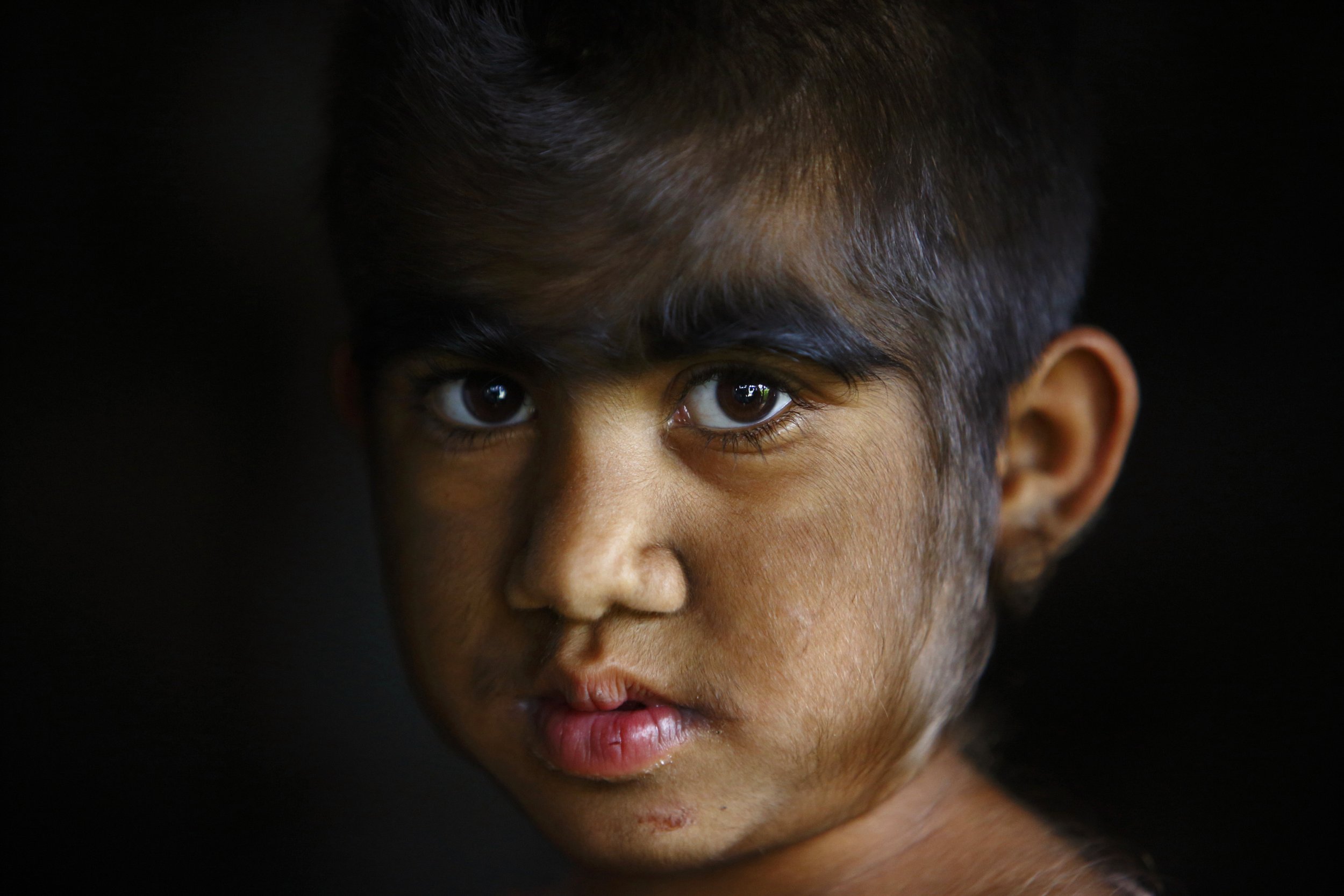
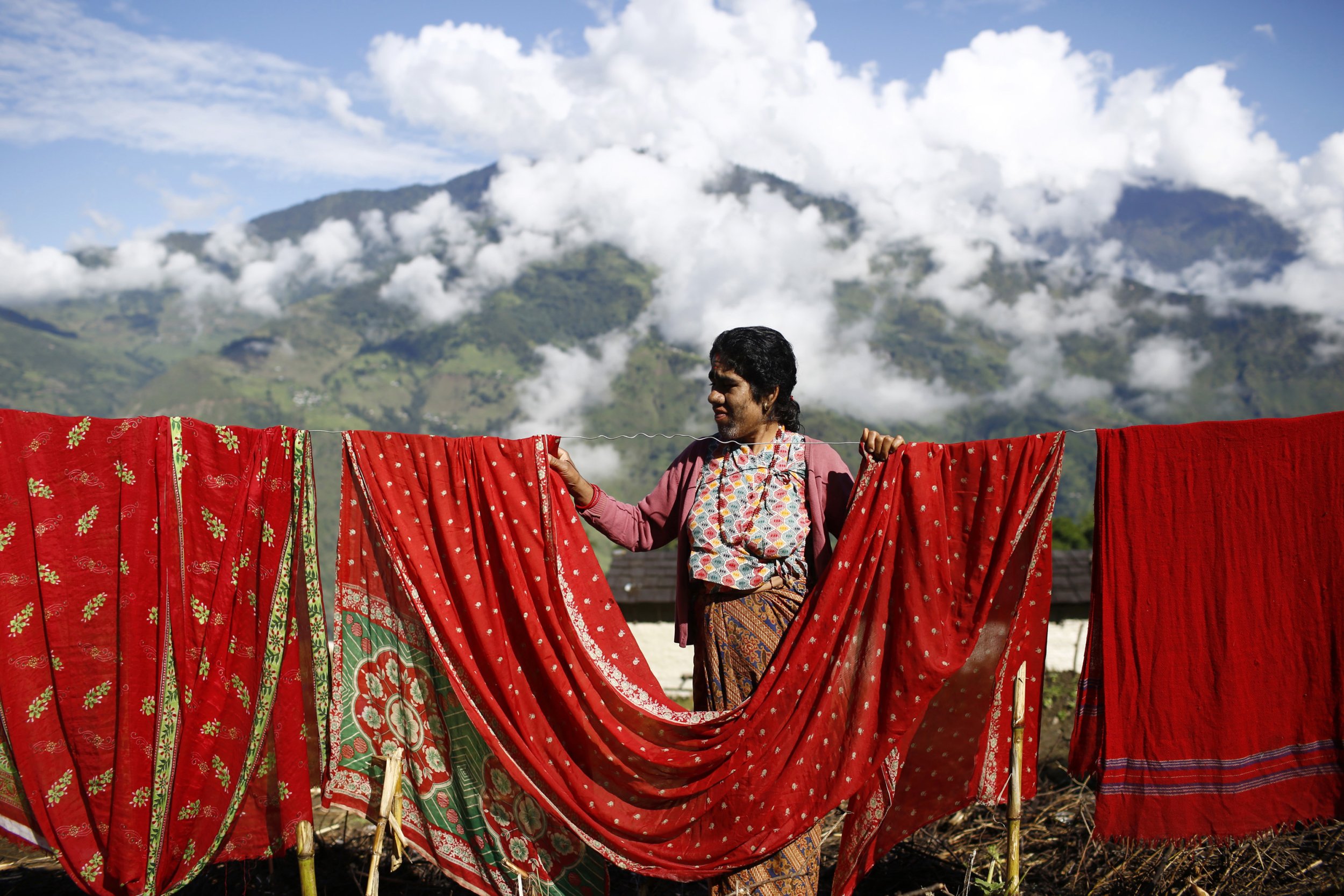
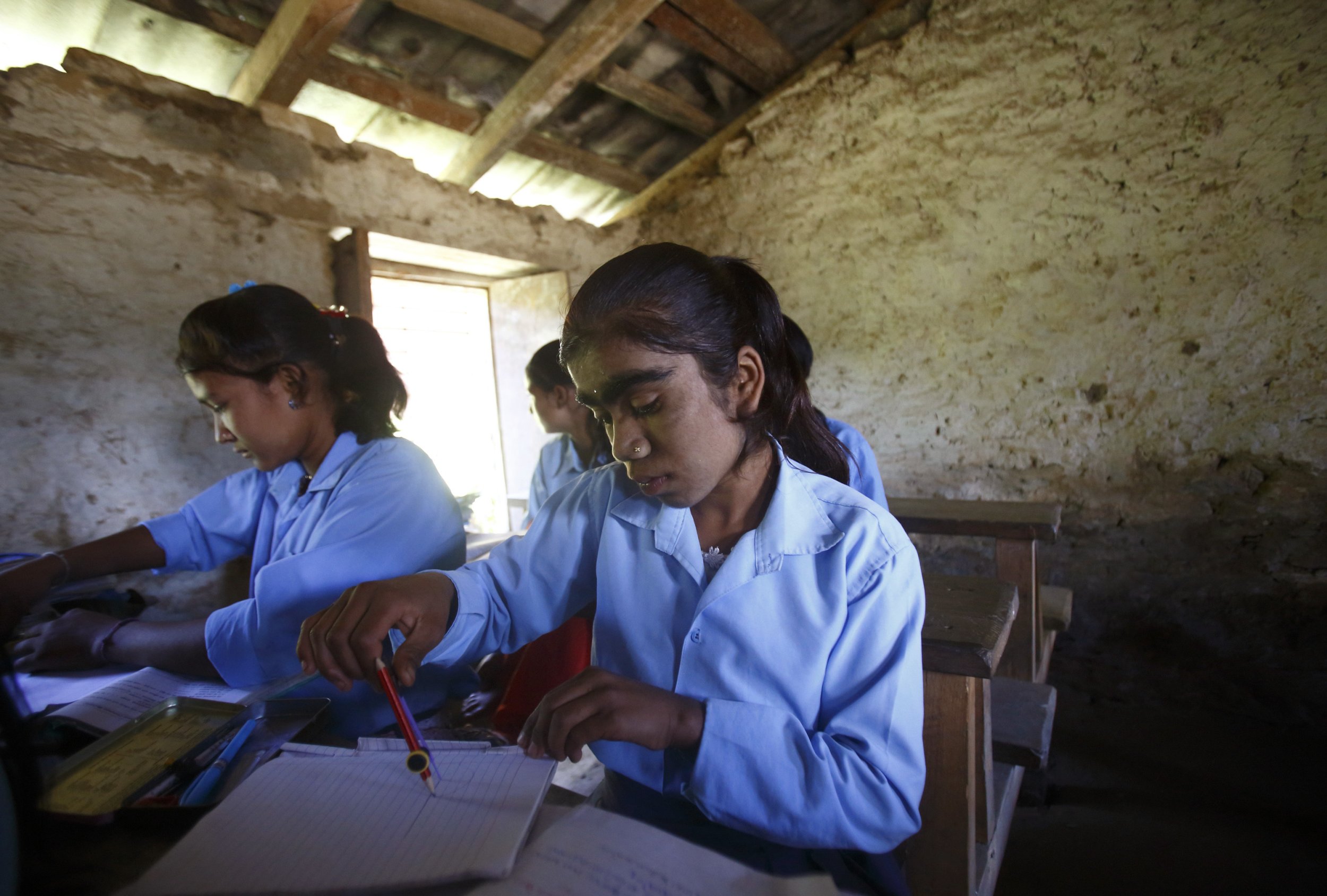

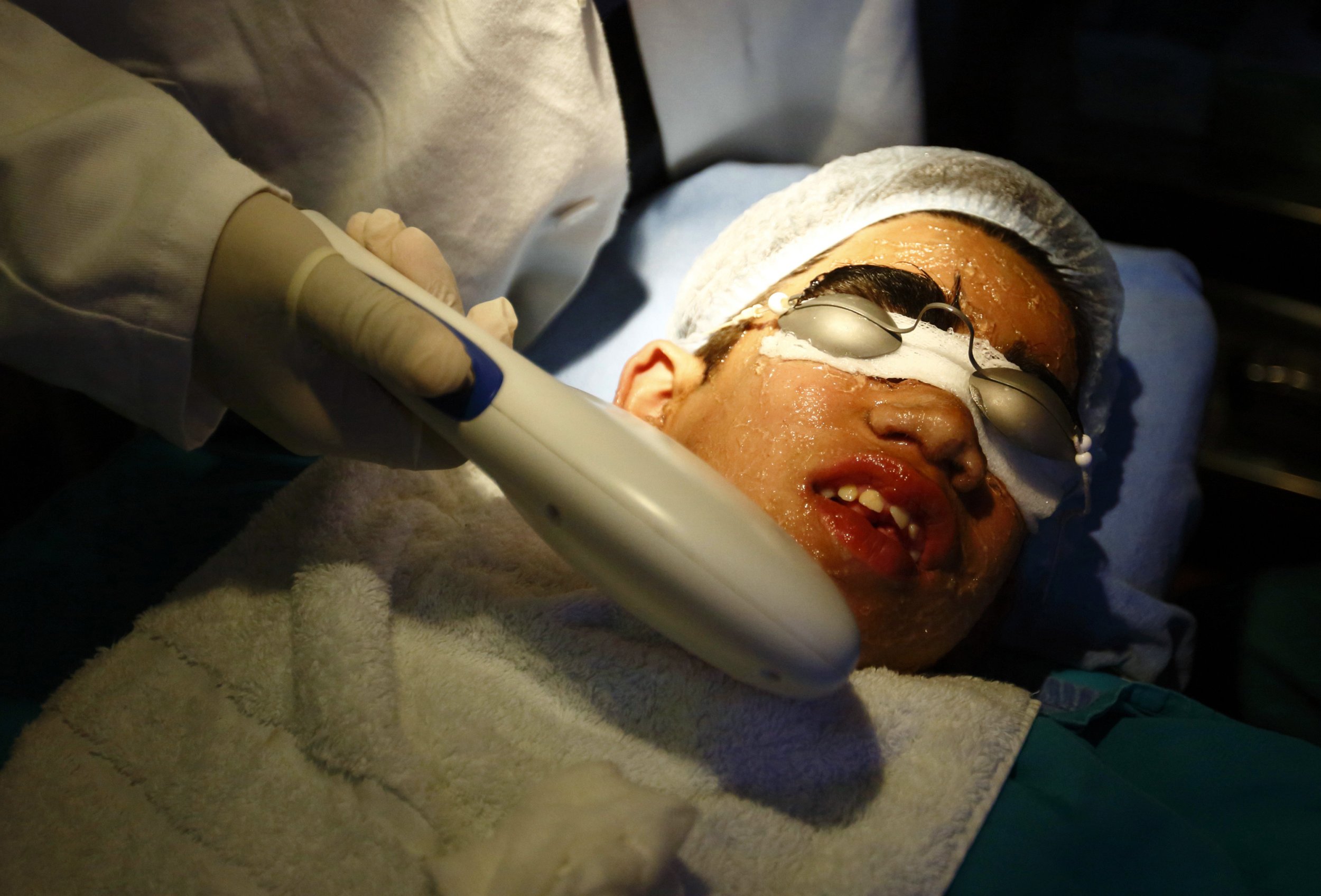
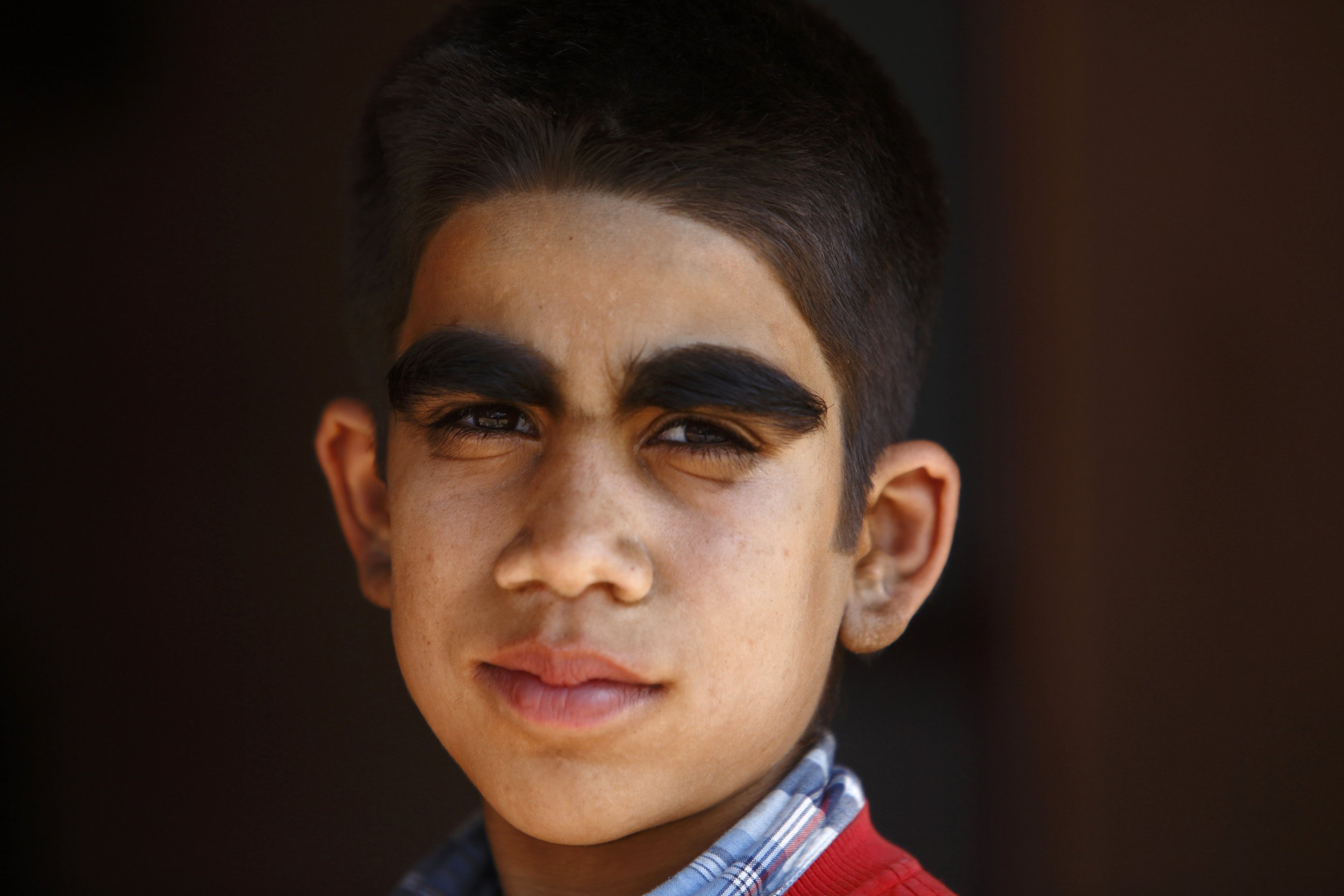
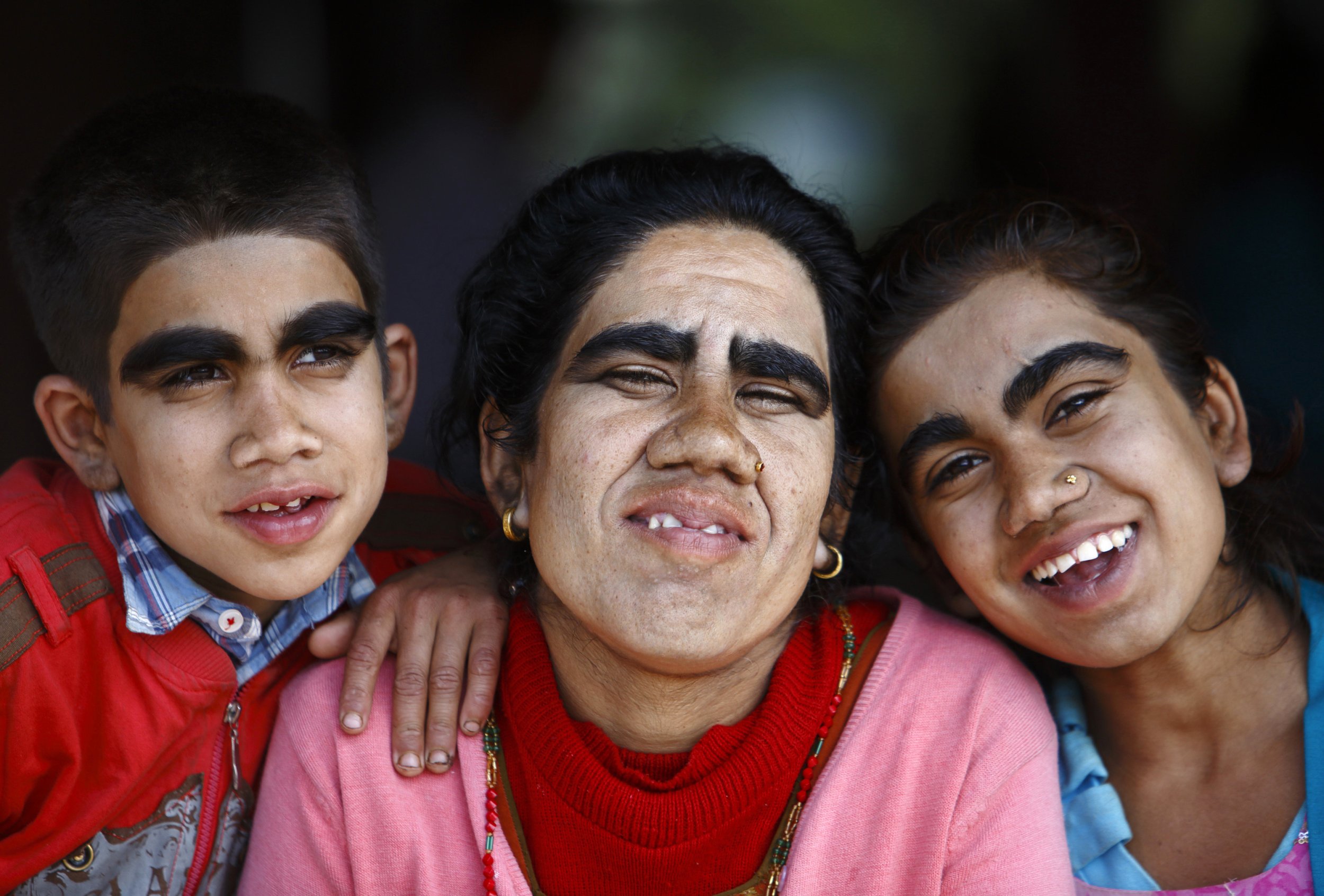
© Copyright IBTimes 2024. All rights reserved.












